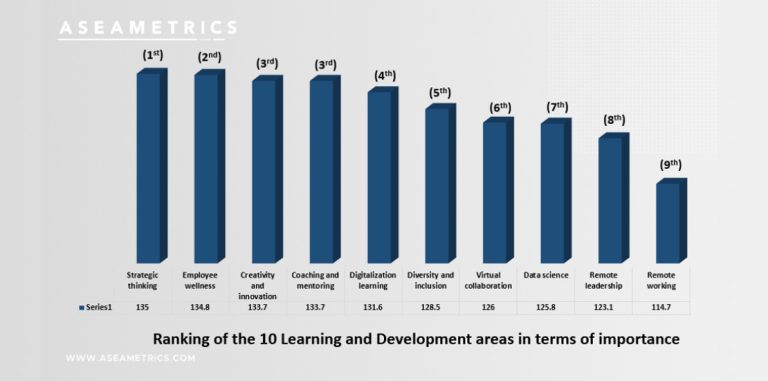

To say that agility is key to successful business today is an understatement. At a time of digital transformation and largely unprecedented changes, the ability to adapt and remain productive despite disruptions becomes one of the most important business competencies.
The COVID-19 pandemic hastened the transformation that businesses have long been foreseeing. One of which is the shift to remote work. Many business leaders may have second-guessed the sustainability of a work-from-home set-up, but its utilization during the pandemic proved otherwise. This is just one example of how volatile and complex the business landscape can be, and how critical it is that a workplace is agile in order to survive the ever-changing times.
How do you foster workplace agility?
1. Continuous learning
A culture of agility entails continuously developing your employees. When employees’ skill sets are constantly updated, they become experts and empowered innovators in their area of expertise. To make this possible, support their pursuit of knowledge by creating an environment that is conducive for continuous learning. The good news is that there are learning platforms that can make facilitating activities that promote learning, easy for the company. One great example is Udemy, an online course provider that employees can use to access thousands of courses that can help them better compete in today’s economy.
2. Communication and collaboration
Much of workplace agility stems from the employees’ ability to work quickly and cohesively. However, quality can be a potential trade-off of speed. This is where effective communication and collaboration come in. Encourage a culture of sharing by prioritizing effective and real-time exchange of knowledge and best practices across teams. Take advantage of and optimize communication platforms in engaging your teams in healthy, productive discussions. Just make sure that meetings are streamlined and straightforward to avoid burnout due to attending too many meetings. After all, lengthy meetings reduce time for actual work. Remote teams can also set aside 20 minutes per day for virtual huddles where members can talk freely, catch up, and share their ideas.
3. Technology
Now is the time to embrace and invest in technology, more than ever. The platforms and tools that you use in your daily jobs must sustain the needs of your transforming business. This means using technology that supports collaboration initiatives, project management, remote hiring, and other essential processes. Empower your employees to use technology to automate tedious parts of their job in order for them to divert their focus on more important tasks. Team leads must utilize visualization tools, virtual kanban boards, and other project management tools for efficient delegating and monitoring.
4. Flexibility
Agility and flexibility go hand-in-hand. At this point, you must be at least open to the idea that giving employees the freedom to choose how, when, and where they work can contribute to their productivity. One survey suggests that employees find themselves more productive when working remotely because they get fewer distractions. Moreover, flexibility goes beyond the work set-up. It also includes the actual work that they do and the structures that surround it.
When employees are more involved in what they do, rather than just looking at it as an item in a day’s to-do list, they tend to be more engaged in setting goals and strategizing on a larger scale. This can be made possible by shifting from strict organizational hierarchy to a more flexible and collaborative set-up where employees can speak up freely and challenge the status quo.
ABOUT ASEAMETRICS
ASEAMETRICS is an HR Consulting firm established to provide solutions to help companies solve talent-related business problems. They are an expert at providing technology-based solutions to help companies identify, develop, and manage the human resource for business success, today and in the future.
Integrated into the company’s high-impact services are advanced technologies through HR Avatar (for E-Testing), Udemy (for E-Learning and Competency Development), Arbinger (for E-Learning – Mindset Change), Withiii (E-Organizational Development), ESM (E-Strategy Management), and HopeChat VP (E-Psychological Services).






